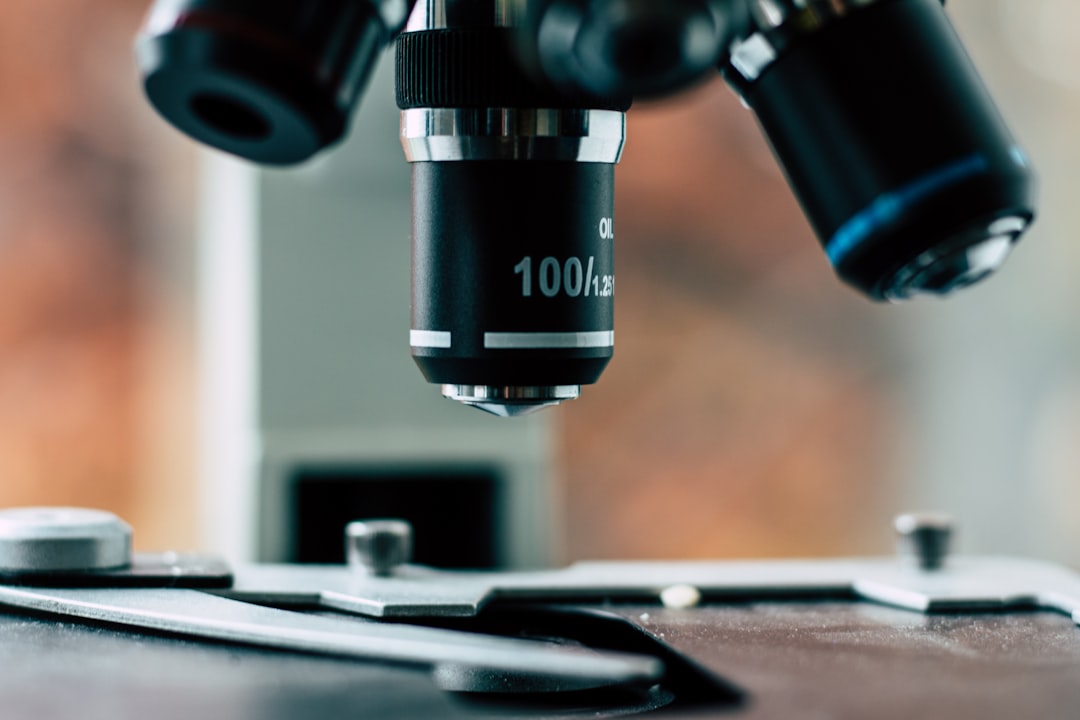What is it about?
The use of fibre-reinforced polymer matrix composite materials is growing at a faster rate than GDP in many countries. An improved understanding of their processing and mechanical behaviour would extend the potential applications of these materials. For unidirectional composites, it is predicted that localised absence of fibres is related to longitudinal compression failure. The use of woven reinforcements permits more effective manufacture than for unidirectional fibres. It has been demonstrated experimentally that compression strengths of woven composites are reduced when fibres are clustered. Summerscales predicted that clustering of fibres would increase the permeability of the reinforcement and hence expedite the processing of these materials. Commercial fabrics are available which employ this concept using flow-enhancing bound tows. The net effect of clustering fibres is to enhance processability whilst reducing the mechanical properties. The effects reported above were qualitative correlations. To improve the design tools for reinforcement fabrics we have sought to quantify the changes in the micro-/meso-structure of woven reinforcement fabrics. Gross differences in the appearance of laminate sections are apparent for different weave styles. The use of automated image analysis is essential for the quantification of subtle changes in fabric architecture. This paper considers Voronoi tessellation and fractal dimensions for the quantification of the microstructures of woven fibre-reinforced composites. It reviews our studies in the last decade of the process-property-structure relationships for commercial and experimental fabric reinforcements in an attempt to resolve the processing versus properties dilemma. A new flow-enhancement concept has been developed which has a reduced impact on laminate mechanical properties.
Featured Image
Read the Original
This page is a summary of: Voronoi cells, fractal dimensions and fibre composites, Journal of Microscopy, February 2001, Wiley,
DOI: 10.1046/j.1365-2818.2001.00841.x.
You can read the full text:
Resources
Contributors
The following have contributed to this page










